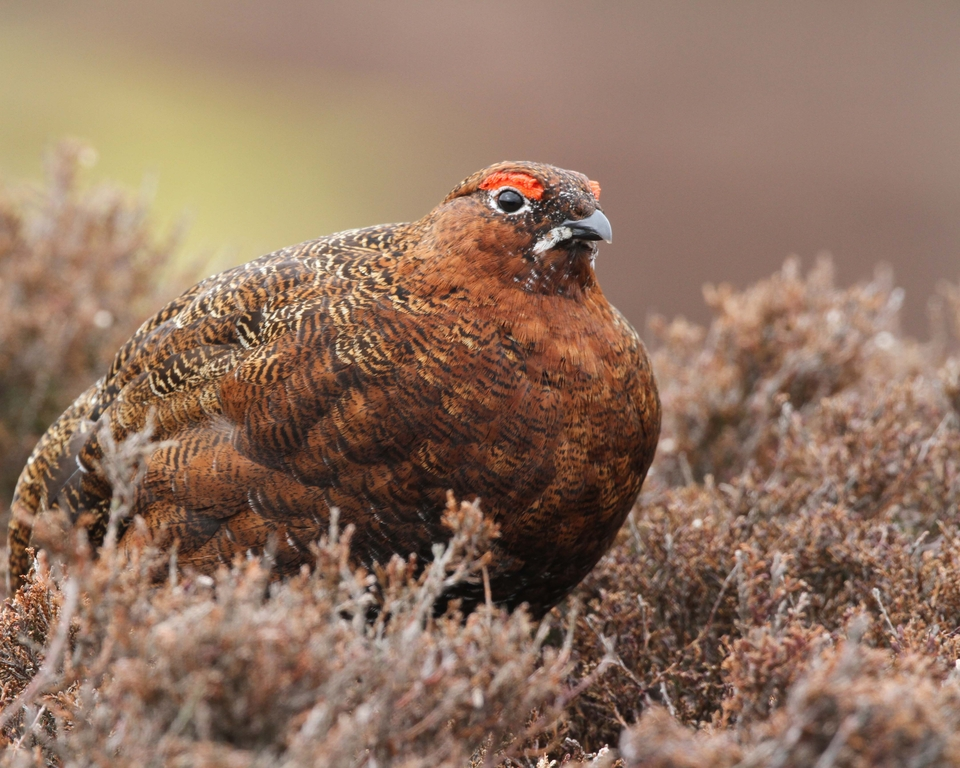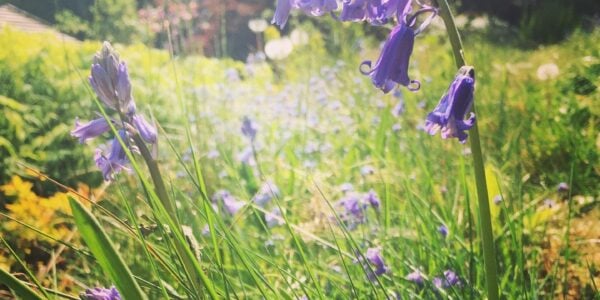No Mow May starts tomorrow!
May starts tomorrow and that can only mean one thing, it’s time for No Mow May! The nation’s gardens are throwing a buzzing party and everyone is invited.
Soon gardens across the country will be blooming with wildflowers and buzzing with hungry pollinators. And the more people who can give power to the flowers, the more they can help nature thrive.
This is just the beginning of the No Mow Movement. Leaving grass and wildflowers to grow through the summer, even if it’s just a tiny section of a garden, can make a huge difference to biodiversity and local wildlife.
Participants are encouraged to join the movement to help Plantlife understand the impact of this growing movement and to get a whole host of goodies and expert tips!






